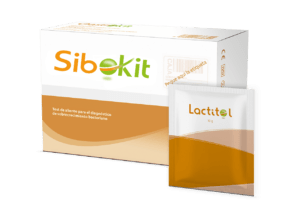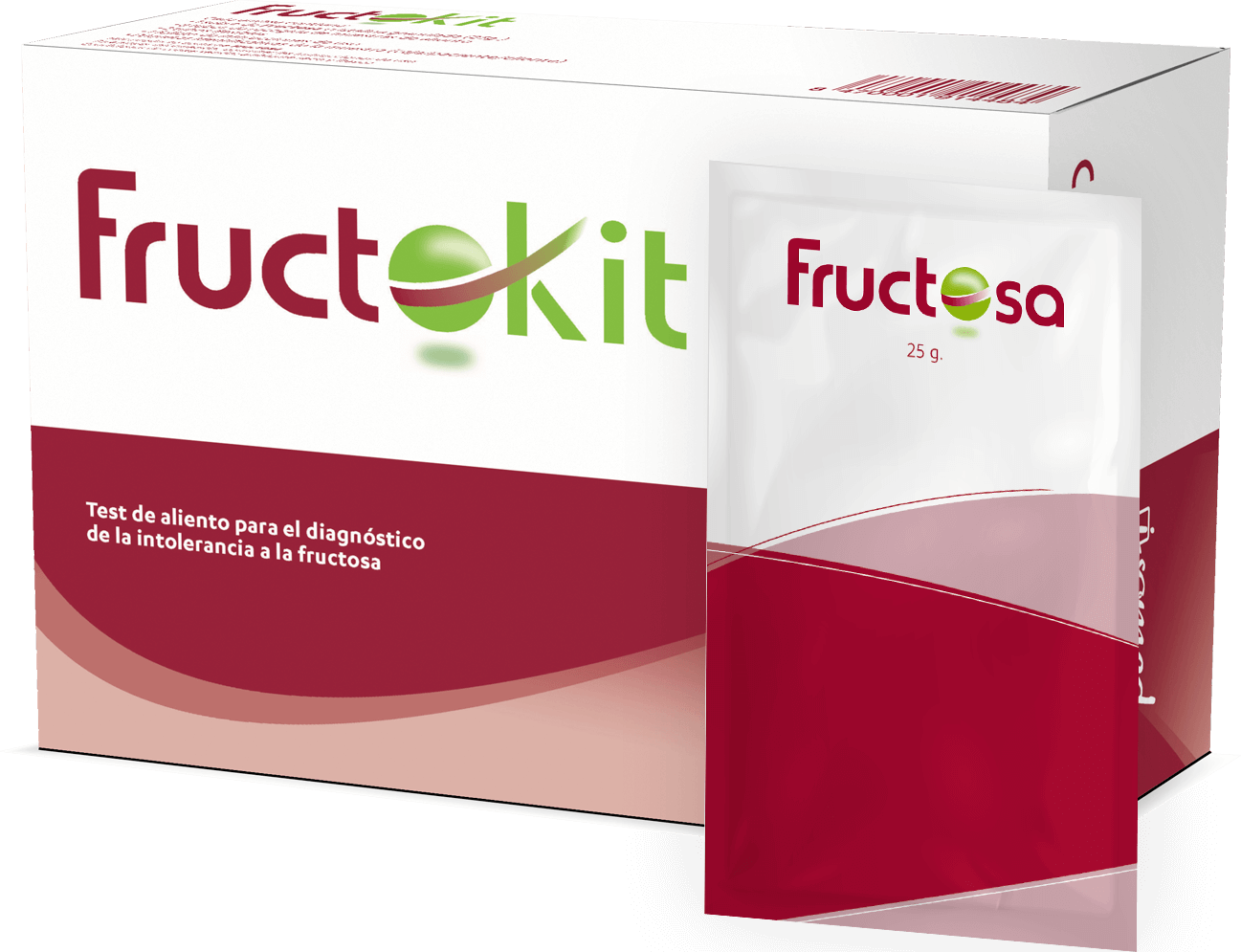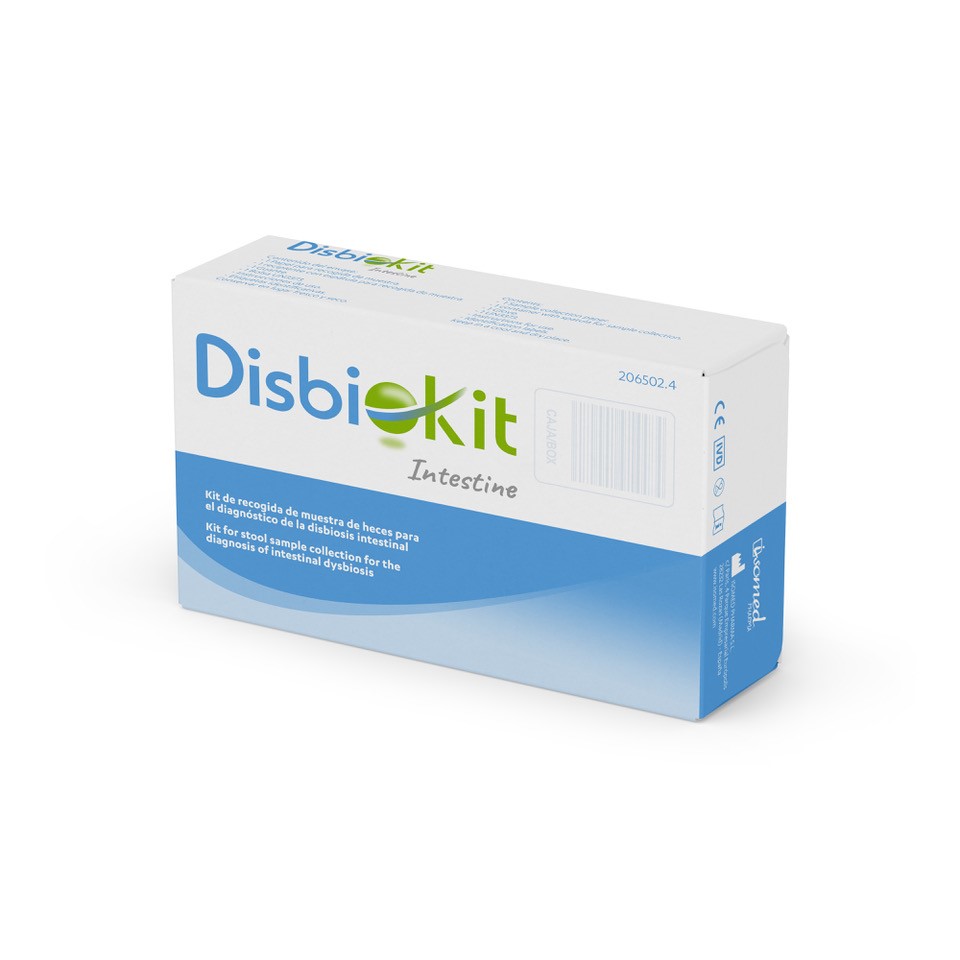Productos
 Health
Health
Isomed Pharma pone a tu disposición productos de la más alta calidad y fiabilidad fabricados en España. Tanto si eres profesional sanitario como particular, encuentra el producto que se ajusta a tus necesidades.
¿Qué son los test de aire espirado o test de aliento?
Son el método de diagnóstico de referencia de diversos trastornos gastrointestinales comunes, como la infección por Helicobacter pylori, el sobrecrecimiento bacteriano o la intolerancia a distintos carbohidratos, según los consensos internacionales publicados por los máximos referentes en Gastroenterología1,2,3.

1Malfertheiner P, et al. Management of Helicobacter pylori infection—the Maastricht V/Florence Consensus Report. Gut 2017; 66:6–30.
2Rezaie A, et al. Hydrogen and Methane-Based Breath Testing in Gastrointestinal Disorders: The North American Consensus. Am J Gastroenterol 2017 May; 112(5):775-784.
3Pimentel M, et al. ACG Clinical Guideline: Small Intestinal Overgrowth. Am J Gastroenterol 2020; 115:165–178.
Ventajas
Para los médicos
- Pruebas con alta especificidad y sensibilidad.
- Método altamente fiable y reproducible.
- Coste diagnóstico reducido.
- Aptas para uso en pediatría.
Para los pacientes
- Pruebas no invasivas.
- Pruebas cómodas y fáciles de realizar.
- Sustratos altamente tolerados.




